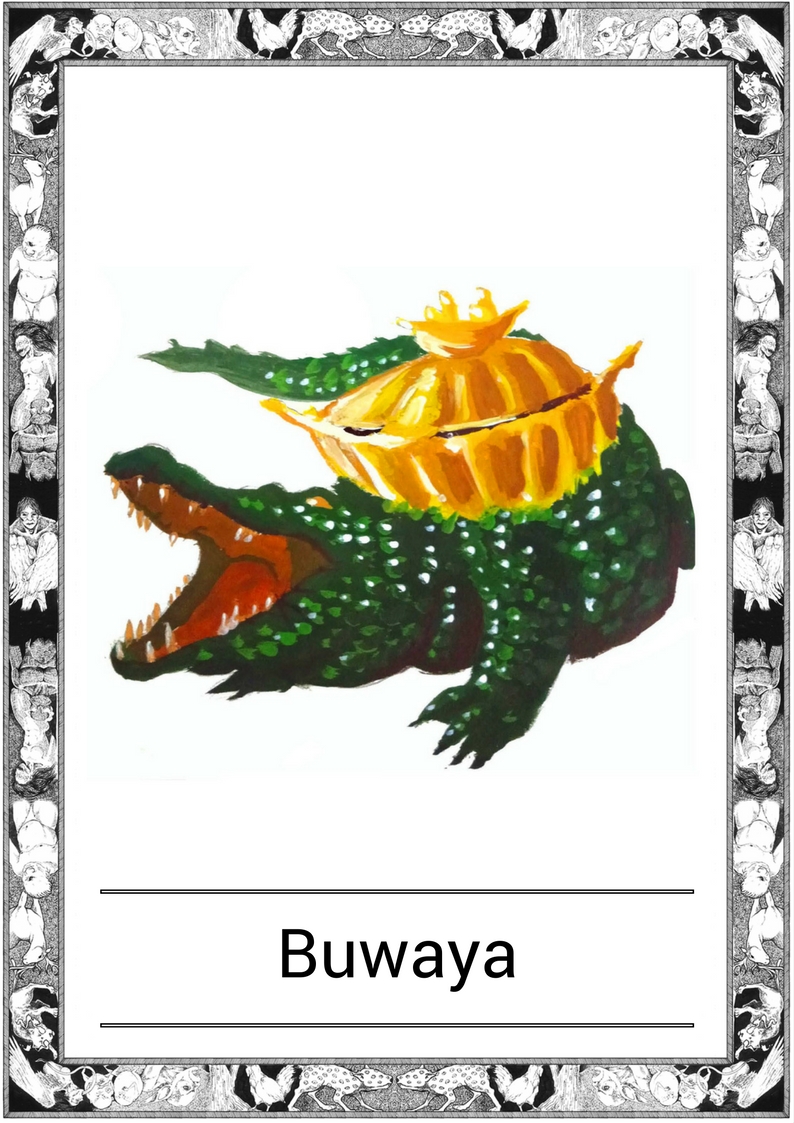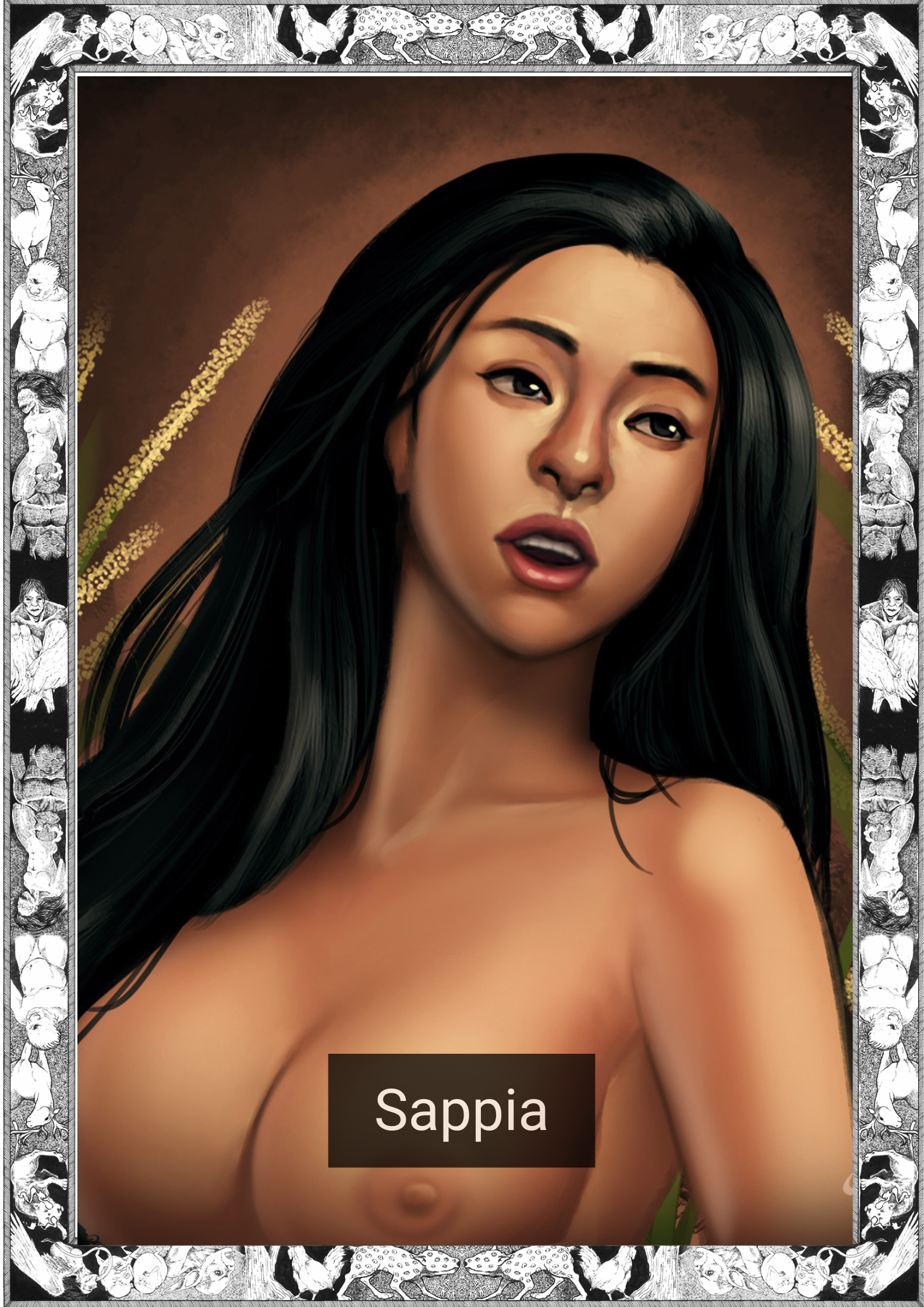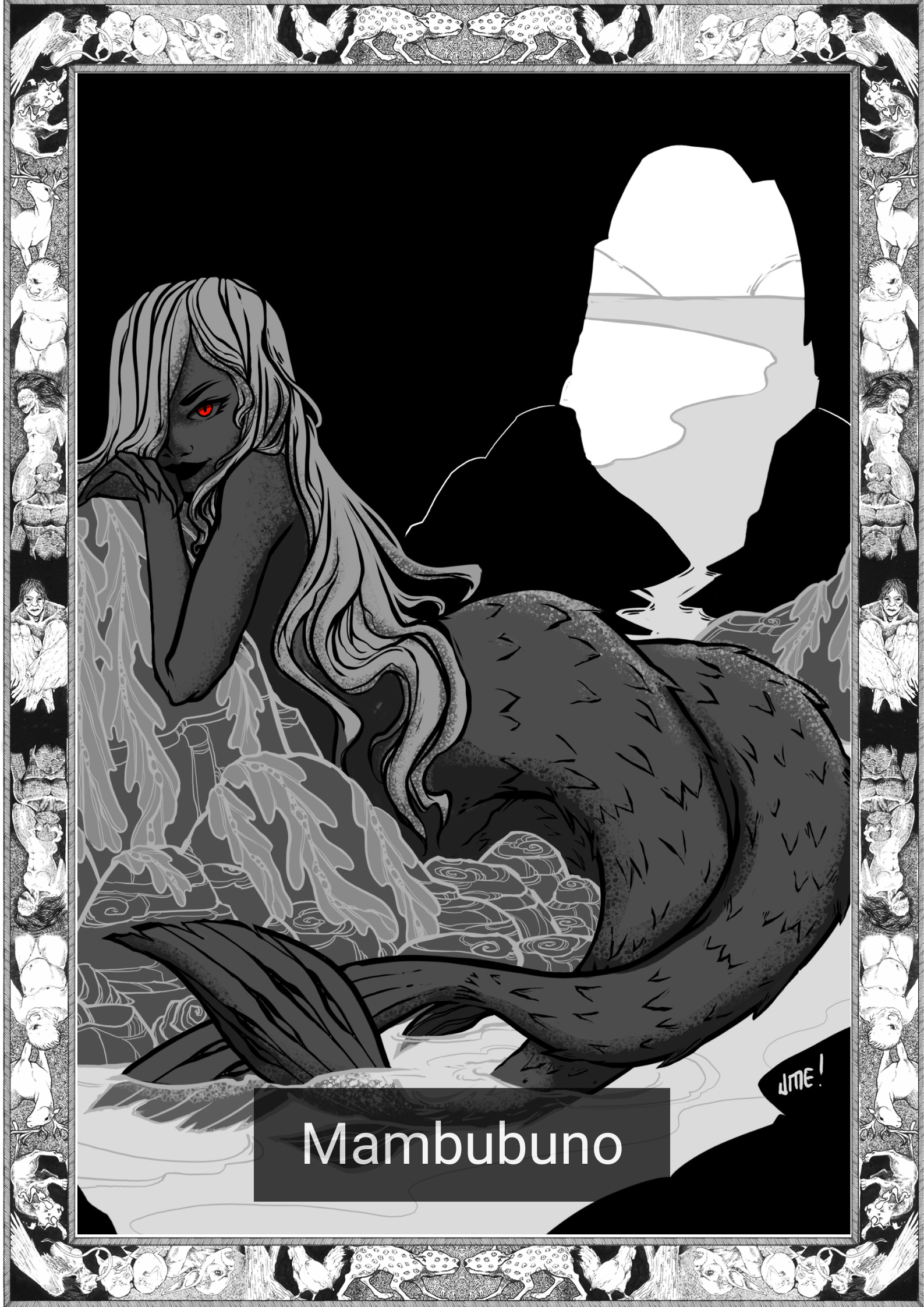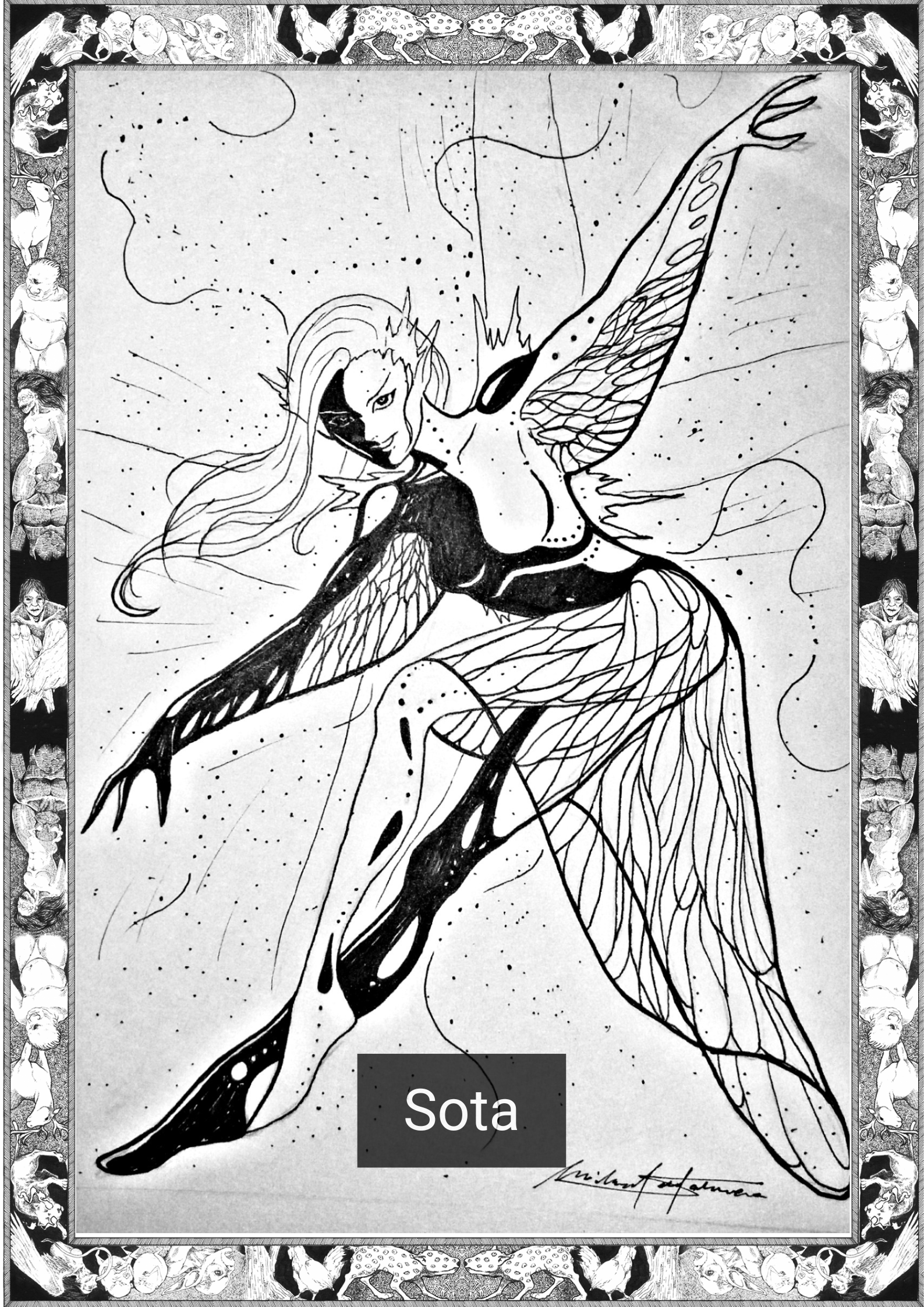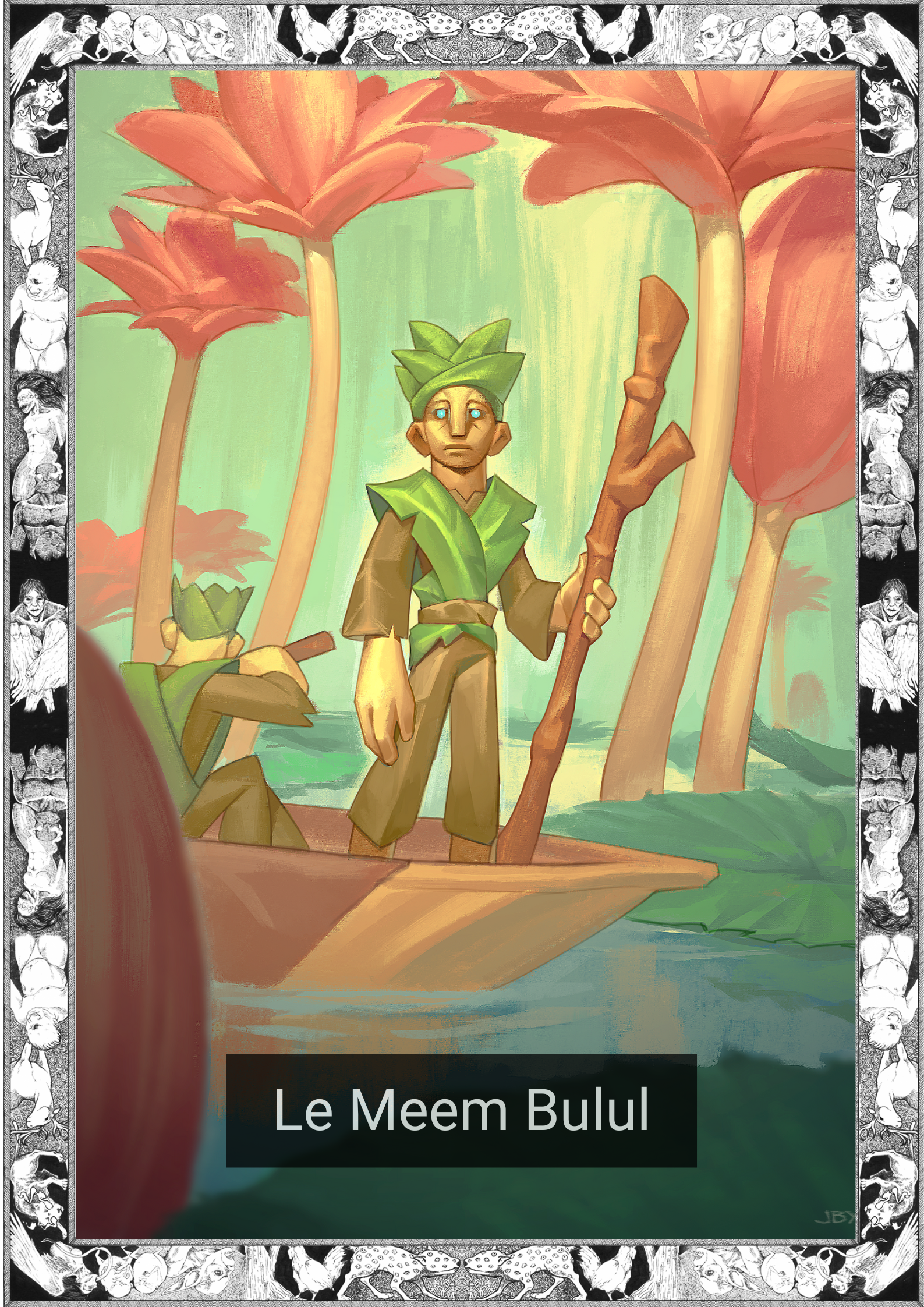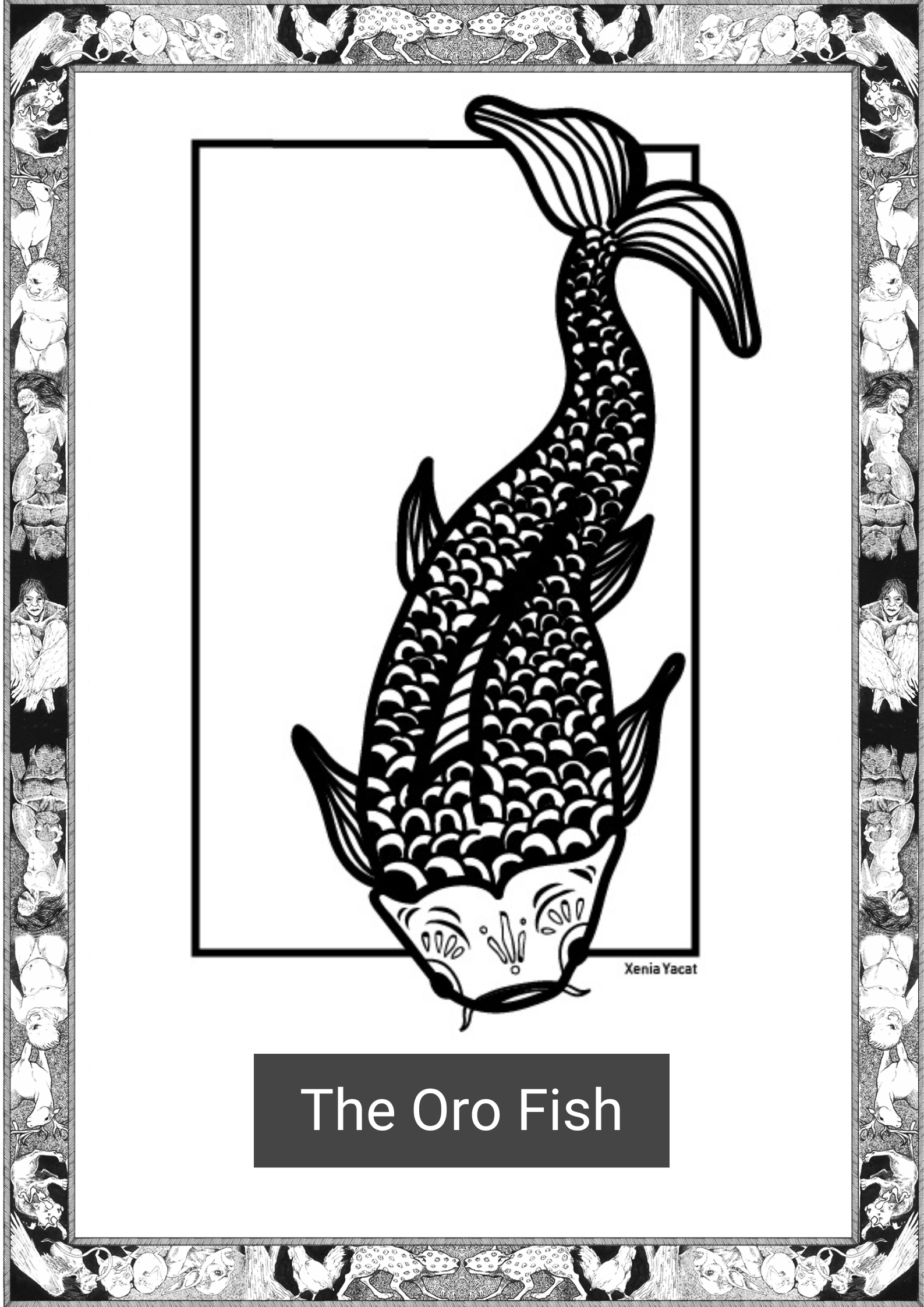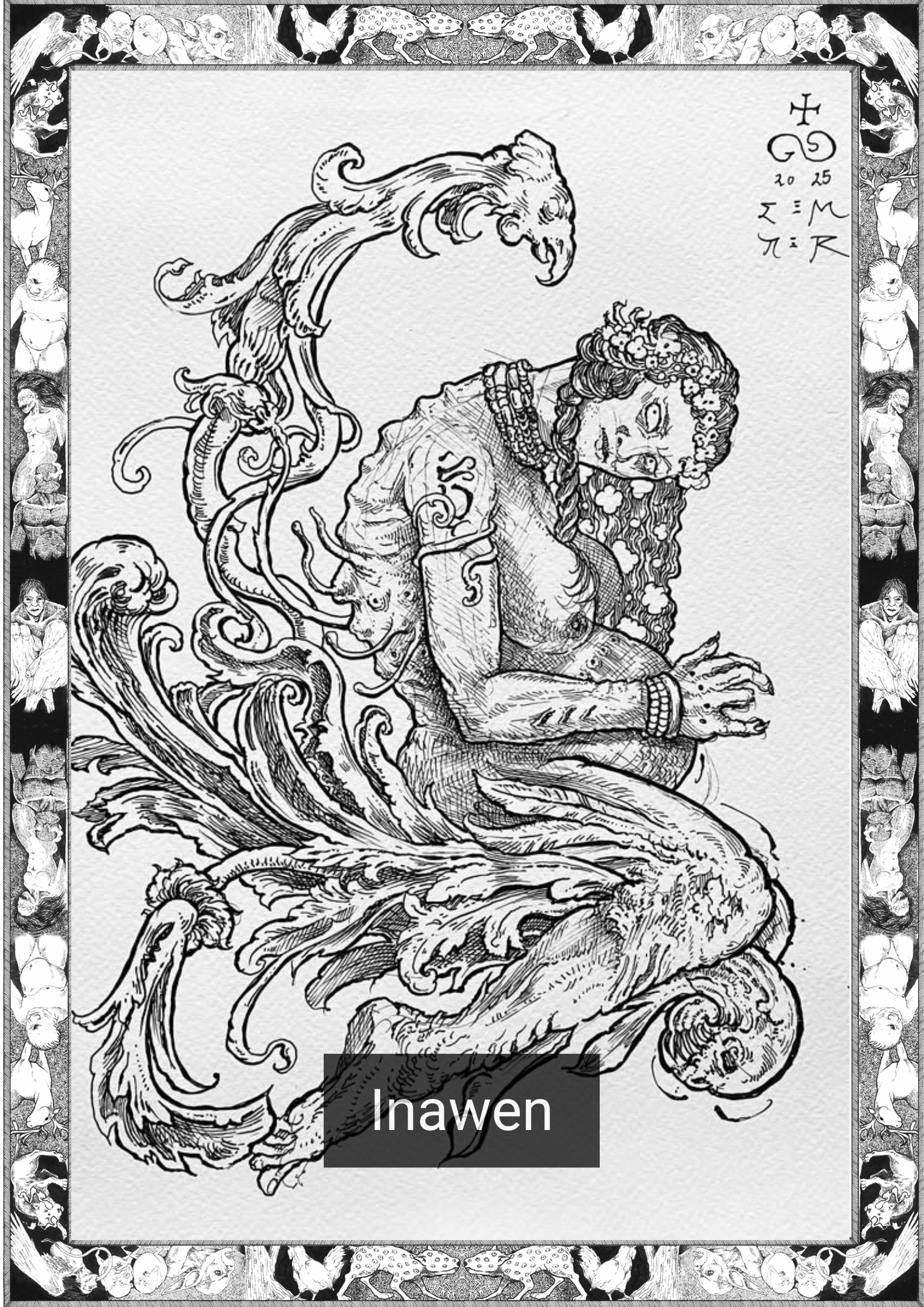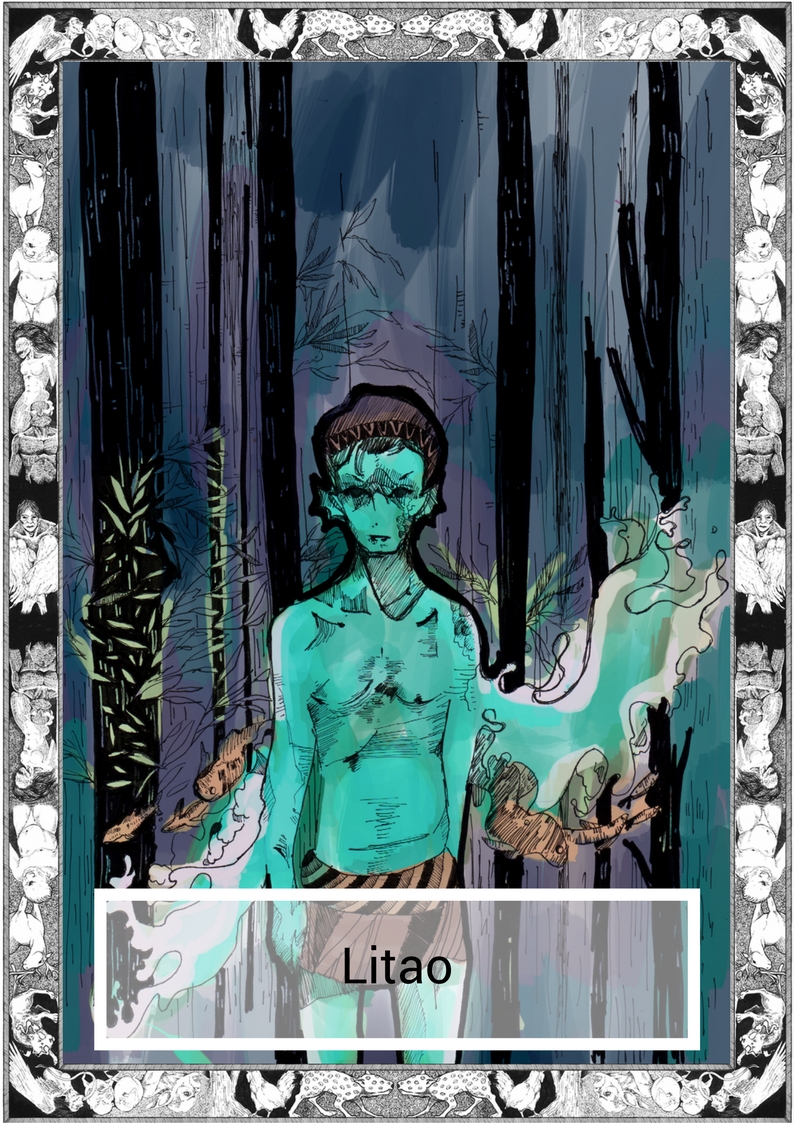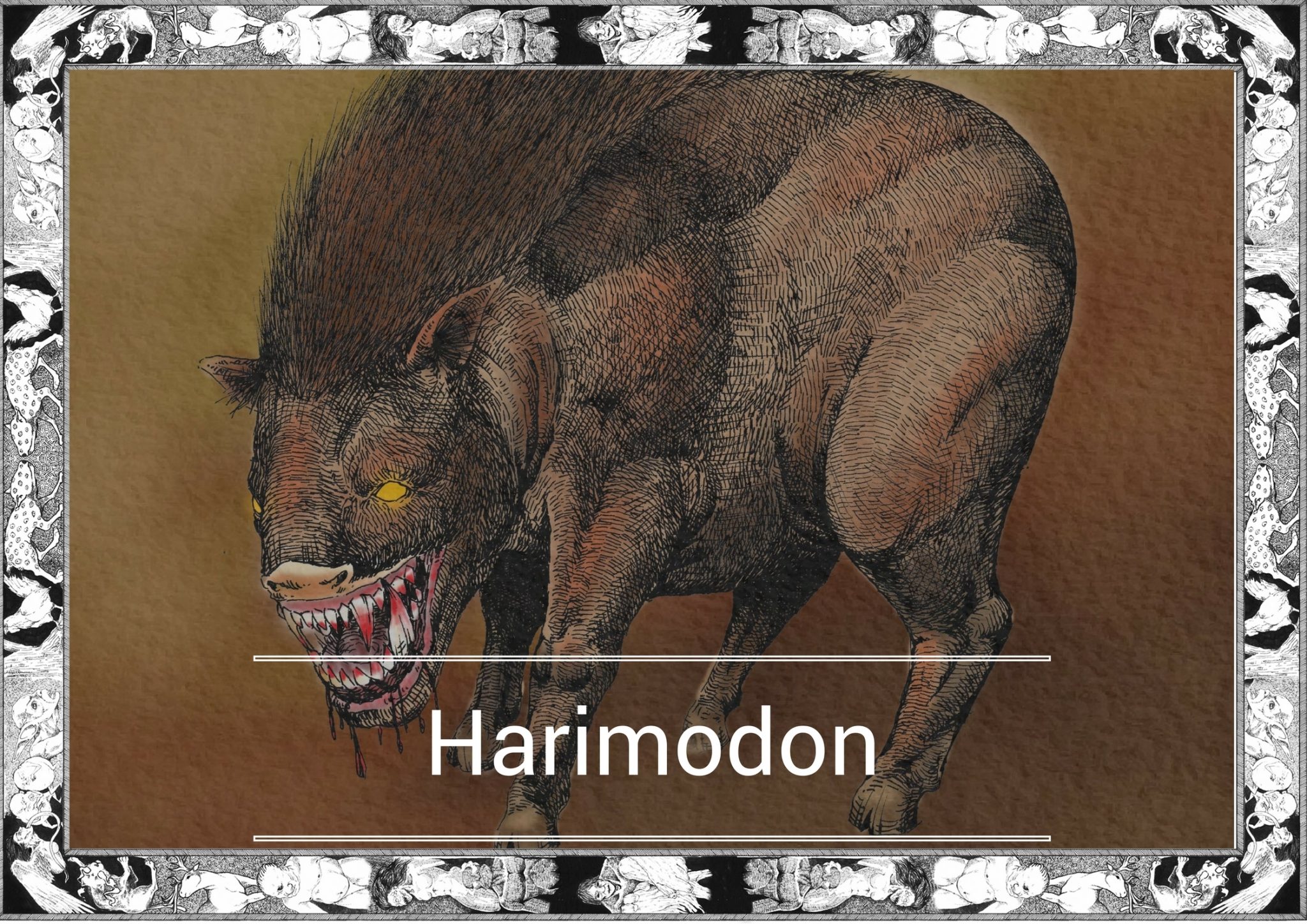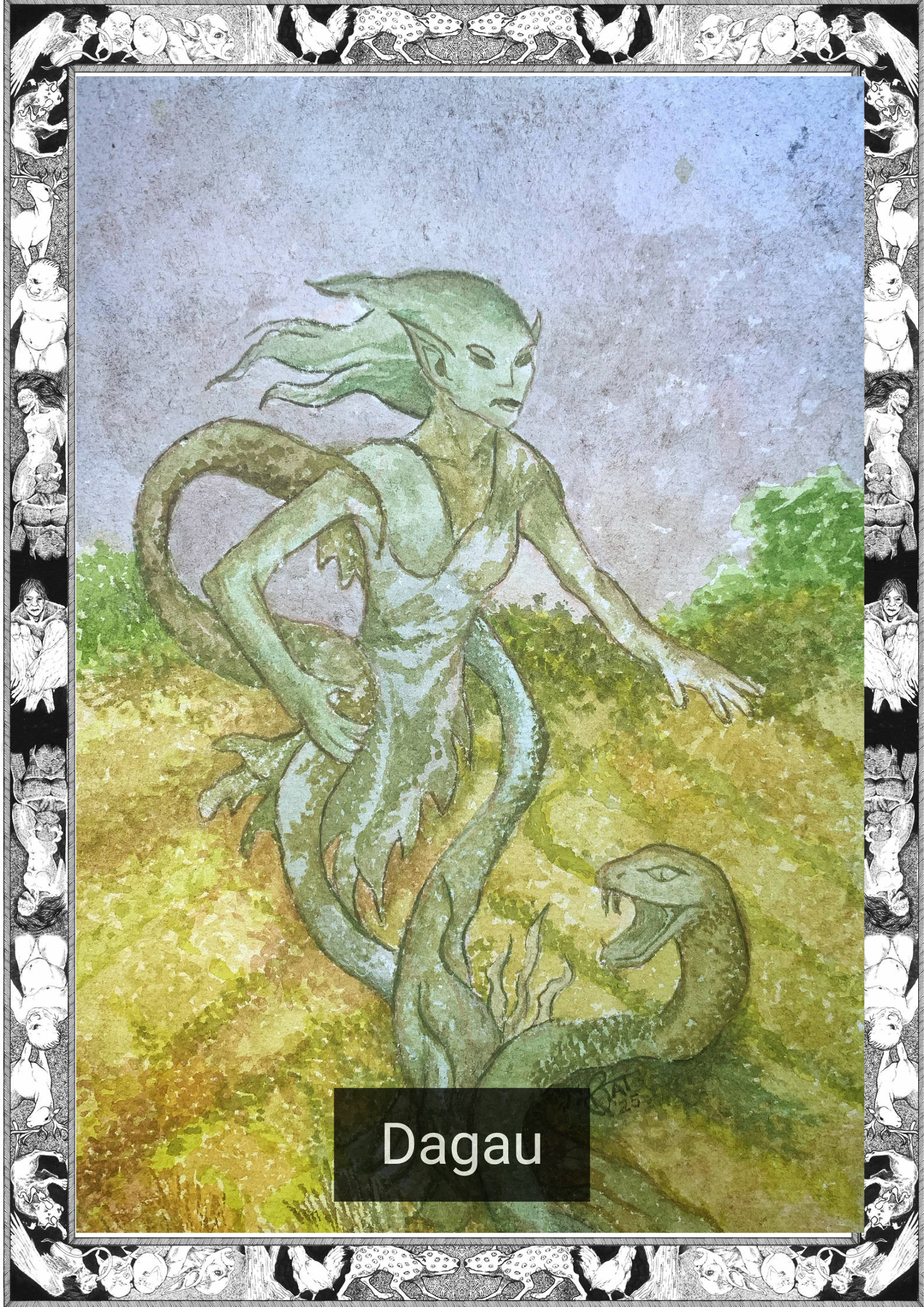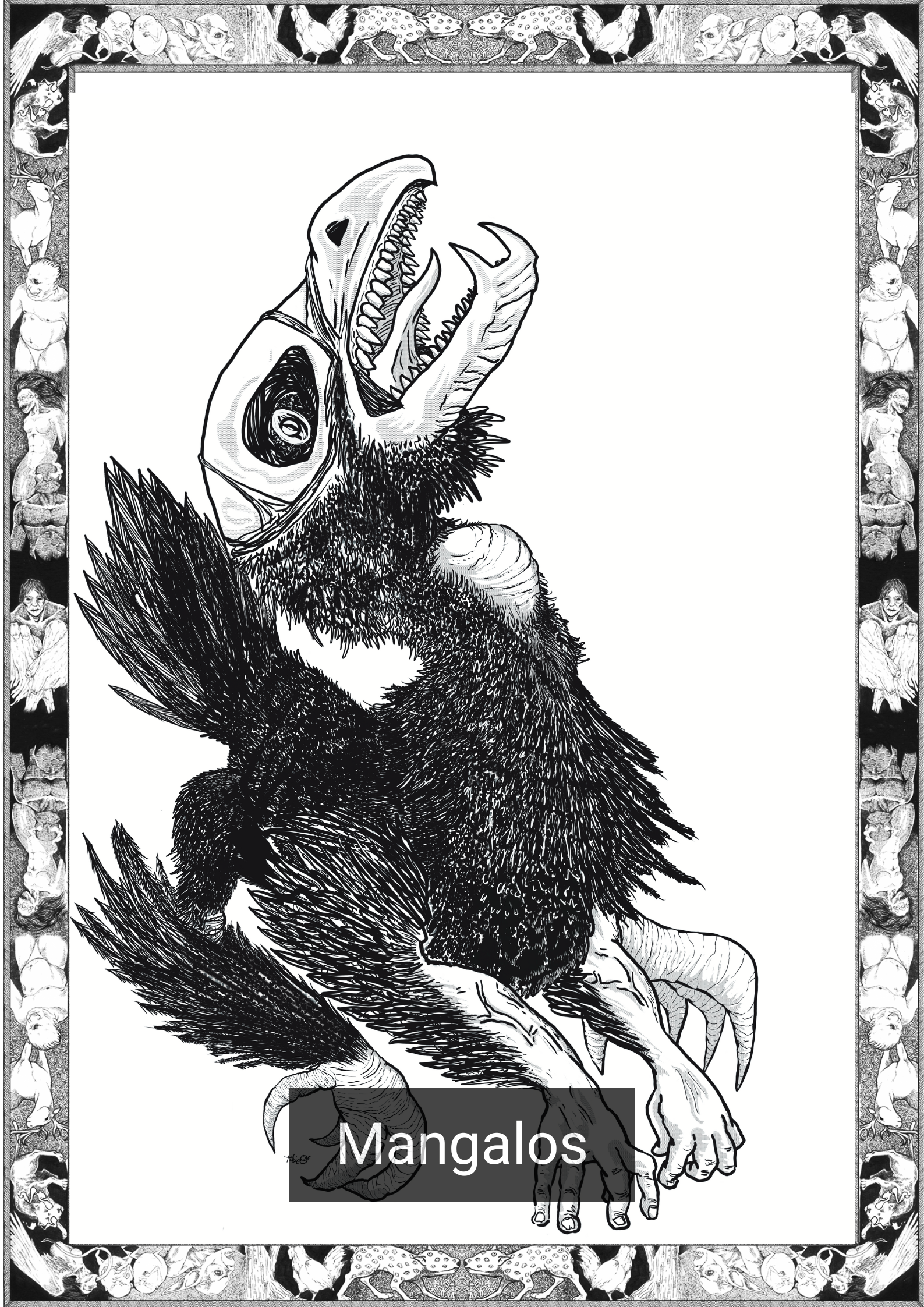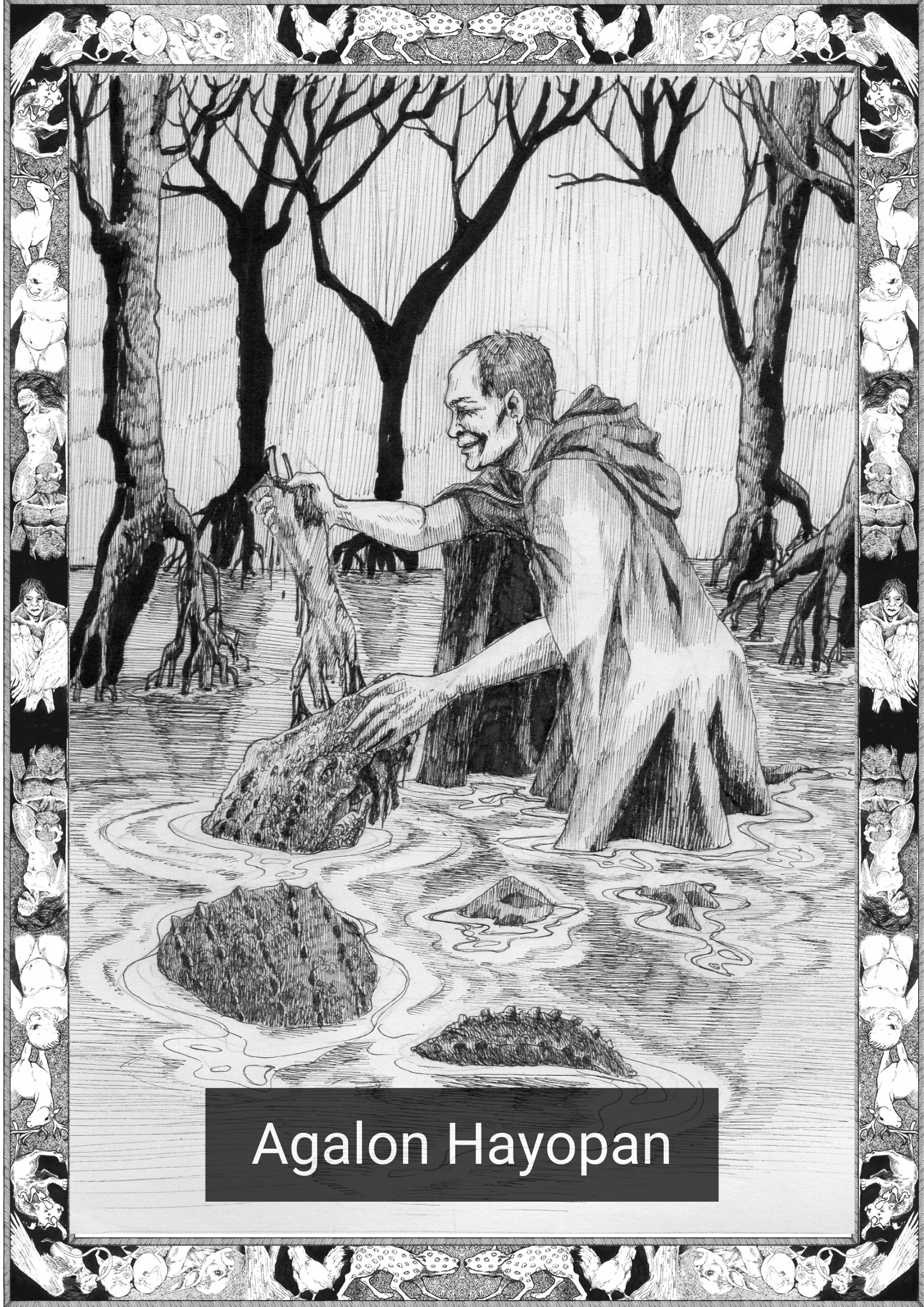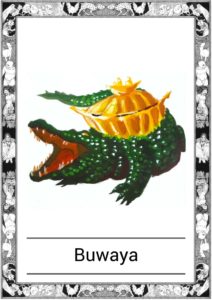
*Note this story is in Pangasinan
“Aya man ya pasen”
Ginawat nen Miguel may narel to tan inmingas na aralem. Baleg ya sira so asingkat to. Labay to kumon ya ipanta may narel to ed arum ya sumisigay, balet makaalagar so panadpasirayew ed arum ya agew.
Sikatoy manggagawa na panangyatang katon agto labay a nagunigon.
“Nono, ipiprisintak iyay narel ko ed sika. Kumon et alaen mo iyay isasaklang ko”.
Nanalagar si Miguel. Kaukolan ton respetoen so tradisyon ya manbantay anggat aman ya pinalsa et nasumpal na kanen imay insaklang to.
Linmabas so sakey oras, insan to anengneng imay kahon. Inaawat da imay insaklang to. Ompawil la iman ya pinalsa ed kaaraleman pian manliket ed panangan to.
Ag to anta nen Miguel no kapigan ginmapo iyan tradisyon. Anggano nen saman ni, lanang to lan nononoten no akin et isasaklang da iray sumisigay so nauna dan erel anggano antoy kabaleg to.
Anta ton say buaya et kaaro da iray aswang tan mamanngan met ya laman na too no akaliknay eras. Balet say simplin takot et ag mapenek a paliwawa ed sayan tradisyon ya panangyatang.
Respeto ya, puro tan simpli. Walay no anto ed saman a buaya a karespe-respeto. Ninonot to no akin et “laki” so tawag da ed saman a buaya.
Nayarin too iman nensaman, ya insamba ya eray dios, tan manaanap na respeto na saray kabyangay boleg to.
Ampano sikatoy espiritu a manliliber-liber tapyan mangiter a dakel a sira ed saramay makanonot ed saray tradisyon.
Nayari met a sikatoy masibeg ya ayep a kaukolan a pakanen antis a mananap a biktimaen ton too.
Tan antoy nipaakar to imay kahon ed beneg to? Diman to labat kaya ikakarga iray biktima to anggad oras la ya panangan to? O wala ni kayay arom ya misteryon akatekep diman?
No anto man iman, maliket si Miguel a aliwan sikato so karga to may kahon, tan mas makakaliket a sikatoy pasempet la.
“Onsipot ak la, Nono. Anggad ontumbok”, inkuan ton maalwar ed ilog.
=——————–=
English Version
“This is the spot.”
Miguel reached for his first catch and breathed deep. It was a large fish, something that he would be proud to show to the other fishermen, but pride could wait another day.
He was performing the panangyatang and he would not be disturbed.
“Nono* I present this catch to you. Please accept my offering.”
Miguel waited, he had to respect the tradition by witnessing it finish eating his catch.
An hour passed, then he saw the box. The offering had been accepted and it would be going back to the depths to enjoy its meal.
Miguel didn’t know when the tradition started. He always wondered why fishermen would give up their first catch, no matter how big.
He knew that the buwaya was a friend to the aswang and partook of human flesh when it was particularly hungry, but simple fear wasn’t enough to explain the panangyatang.
This was respect, pure and simple. There was something about the buwaya that commanded reverence. He thought to the reason why the buwaya was called ‘grandfather’.
Maybe it was human once, cursed by the gods, and it seeks the respect of its descendants.
Maybe it is a wandering spirit bringing a bountiful catch to those that remember the traditions.
Maybe it is a bloodthirsty beast that needs to be fed before it seeks out human prey.
And what of the box on its back? Does it just keep its victims there, until it is time to feed, or is there something more mysterious at work?
Whatever the answers, Miguel was glad not to be in that box, and even gladder that he was on his way home.
“Goodbye nono, until the next time,” he whispered softly to the river.
*Means grandfather or ghost
=———————————–=
*Pangasinan (Salitan Pangasinan) – sometimes called Pangasinense is one of the major languages of the Philippines. It is the language spoken in the province of Pangasinan, on the west-central seaboard of the island of Luzon along the Lingayen Gulf, the northern portion of Tarlac and southwestern La Union, most of whom belong to the Pangasinan ethnic group. Pangasinan is also understood in some municipalities in Benguet, Nueva Ecija, Nueva Vizcaya, and by the Aeta or Aeta of Zambales.
Written by Karl Gaverza
Translation by Rengel Arconado
Copyright © Karl Gaverza
Translation Copyright © Rengel Arconado
Inspired by the buwaya description in El Folk-lore Filipino. Isabelo de los Reyes, trans. Dizon and Peralta-Imson. 1994. (Original Spanish Manuscript Printed 1889)
Buwaya Illustration by Kael Molo of Agla – The Graphic Novel
